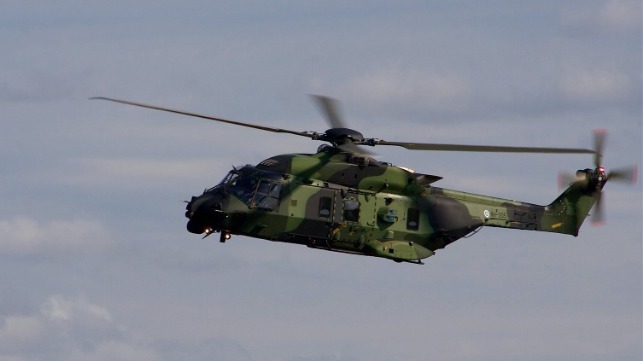Finnish Police Carry Out Tactical Boarding of Suspected Sabotage Ship

On Christmas Day, Finland faced a significant incident involving damage to multiple subsea power cables. Authorities reported that this incident was not limited to the Estlink 2 cable, which connects Finland and Estonia. In a notable move, a tanker has been boarded for investigation. This marks the first time in the past year that suspects have been detained in connection with cable damage incidents in the Baltic Sea. It is also the first instance where armed forces were involved in the response. The situation raises serious concerns about potential sabotage and its implications for regional security.
Multiple Cable Damages Raise Alarm
The recent cable damage incident is part of a troubling trend in the Baltic Sea. Over the past year, there have been three significant cable damage incidents, all suspected to be acts of sabotage. The latest incident, which occurred on Christmas Day, affected not only the Estlink 2 DC power transmission cable but also several other critical subsea cables. These include cables operated by Elisa, connecting Helsinki and Tallinn, as well as the Cinia submarine cable linking Helsinki to Germany. Additionally, the CITIC submarine cable between Helsinki and Tallinn was also damaged.
The Finnish Transport and Communications Agency, known as Traficom, is currently investigating the technical aspects of these cable breaks. Meanwhile, Finnish police are conducting a parallel investigation. They have identified the suspect vessel as the Cook Islands-flagged tanker Eagle S. This vessel was previously observed by open-source intelligence analysts. Authorities are treating the incident as a case of “aggravated criminal mischief,” indicating the seriousness of the situation.
In a statement, Finnish police confirmed that the Eagle S had entered Finland’s territorial waters as part of the investigation. The police, along with the Border Guard, conducted a tactical operation on the vessel. This operation involved investigative measures supported by the Finnish Defense Forces and helicopters. Customs authorities are also examining the vessel’s cargo for any irregularities, especially since the ship last docked in Ust-Luga, Russia, a location known for loading Urals crude oil, which is restricted by G7 sanctions.
Finnish Police Investigate Tanker as Reports Say Spy Equipment Was Found
Concerns Over the Shadow Fleet
The Eagle S is an 18-year-old tanker that has changed ownership, name, and flag registry multiple times. Its current ties to operating interests in India and the UAE, combined with its recent call at a Russian oil port, raise suspicions about its involvement in the so-called “dark fleet.” This term refers to vessels that operate outside of international regulations, often linked to illicit activities. Recent inspections revealed serious deficiencies on the Eagle S, including a broken inert gas generator and unmaintained fire doors. These issues have led to its classification as part of the “dark fleet,” which includes several other tankers managed by the same Indian company.
Finnish authorities share these concerns. Sami Rakshit, the chief of Finnish customs, stated that they suspect the Eagle S is indeed part of this shadow fleet. Prime Minister Petteri Orpo echoed these sentiments, emphasizing the need to find effective means to combat this fleet. He noted that the shadow fleet contributes to funding Russia’s military operations, making it a priority for Finnish authorities to address this issue.
In the meantime, Traficom has assured the public that Finnish data connections to neighboring states have been rerouted to other cables. However, users may experience temporary reductions in data speeds. Repair work on the severed communications lines is set to begin by the end of the week, although the timeline for restoring full service will depend on the winter weather conditions in the Baltic Sea.
